After a long ride from the Caribbean lowlands, we are looking forward to Medellin: we have heard a lot of interesting things about this city, which for a long time was a lonely leader in the ranking of the most dangerous cities in the world. But Pablo Escobar is no more in place and an extensive peace agreement was signed 2 years ago with the FARC rebels. Today Medellin has a reputation as the most innovative and extravagant city in South America; many leading fashion designers and artists have settled here.
Since there are hardly any classical sightseeing spots, we decide for a guided walking tour in Comuna 13, the former stronghold of drug crime, where at that time no normal Medellin citizens dared to go. The tour is very interesting: we learn a lot about the impressive transformation process especially in this district. Decisive for the pacification was above all the construction of a state-of-the-art infrastructure, such as metro and cable cars, which connected the districts on the slopes with the center and thus enabled a much better mixing of different social levels. Unlike Bogota, where there is no public transport infrastructure apart from buses, Medellin is light years away and invests continuously. Metro and cable cars are also sparkling clean and decorated with artwork by leading Medellin artists. Many graffiti drawings in the Comuna 13 also illustrate the transformation process of this district, but at the same time also point to existing problems. Otherwise, there is a lot of bustle, but everything is very peaceful – hard to believe that here 25 years ago the highest murder rate in the world was recorded.
Inspired by the impressions of this impressive city, we drive to Embalse de Penol, about 70 km to the east, where many rich Medelliners have their holiday homes. The main attraction, however, is the Piedra de Penol, a 200 -meter-high, gray granite monolith reminiscent of the Sugar Loaf in Rio de Janeiro. About 679 partly very narrow stairs, we climb to the summit and have a great view of a model railroad sprung landscape below us. Then we drive to the beautiful Paisa town of Guatapé with its doll-like, colorful houses and the typical, ornamental shaped sockets.
This was our last highlight in Colombia, a country that has surprised us a lot, but also fascinated us: extreme contrasts in the various regions and an amazing transformation of the entire country over the last 20 years. From now on we will drive back to the southern hemisphere of the earth to Ecuador and then to Peru. This time, however, we will choose the lowland route, along the Rio Magdalena, the lifeblood of Colombia, which runs through the entire country, thus saving us both the eternal curves and up and downs along the Panamericana and – hopefully – the nerve-wracking and long-waiting main border crossing to Ecuador.


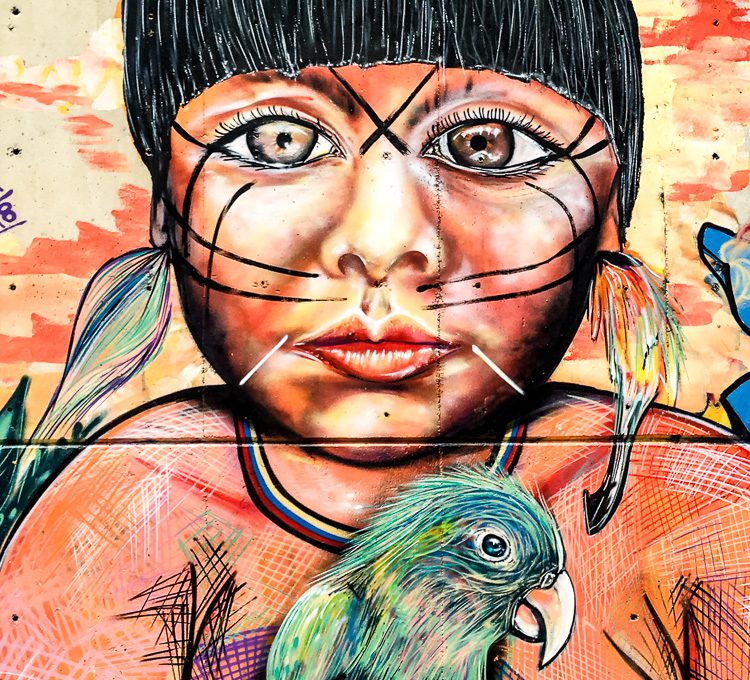
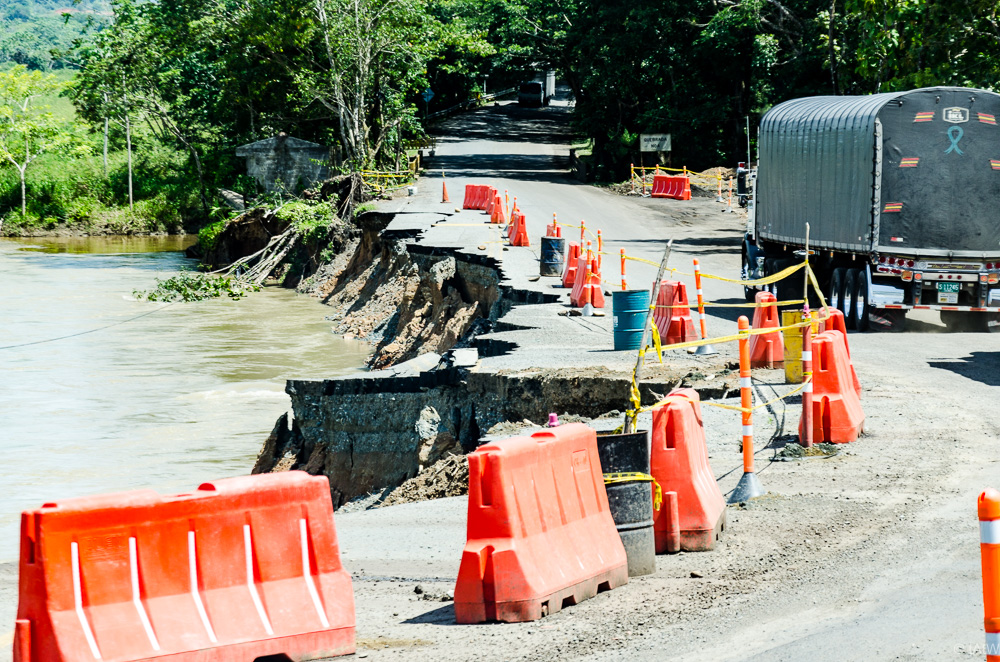

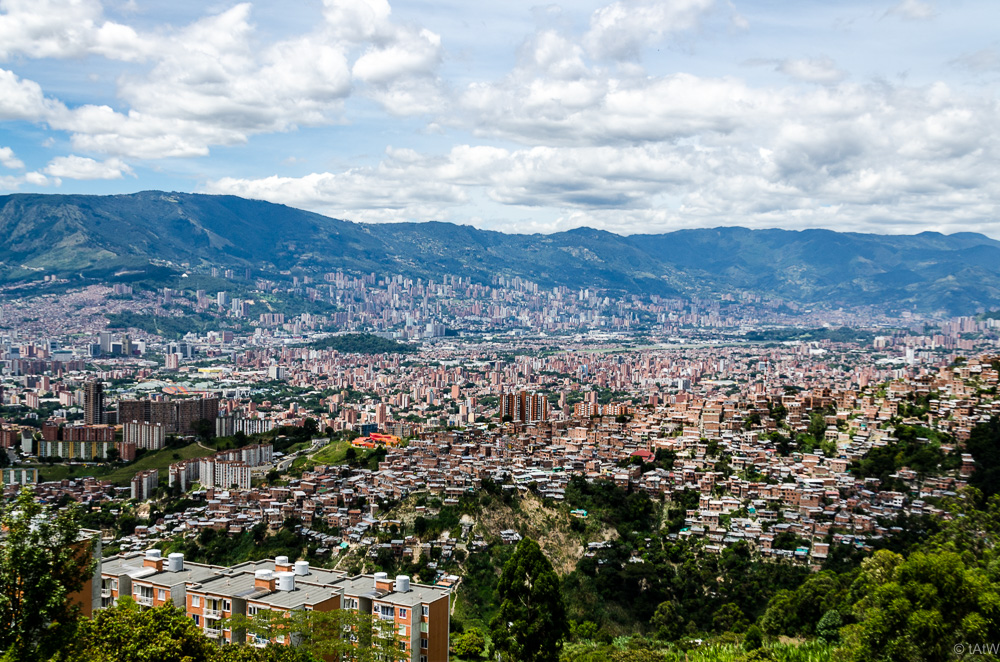
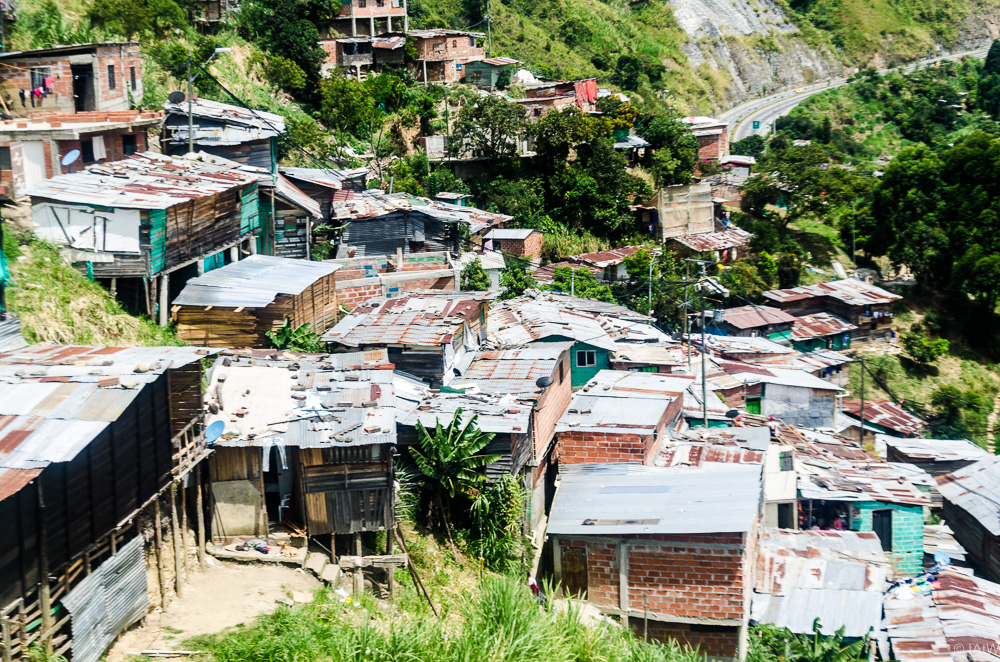

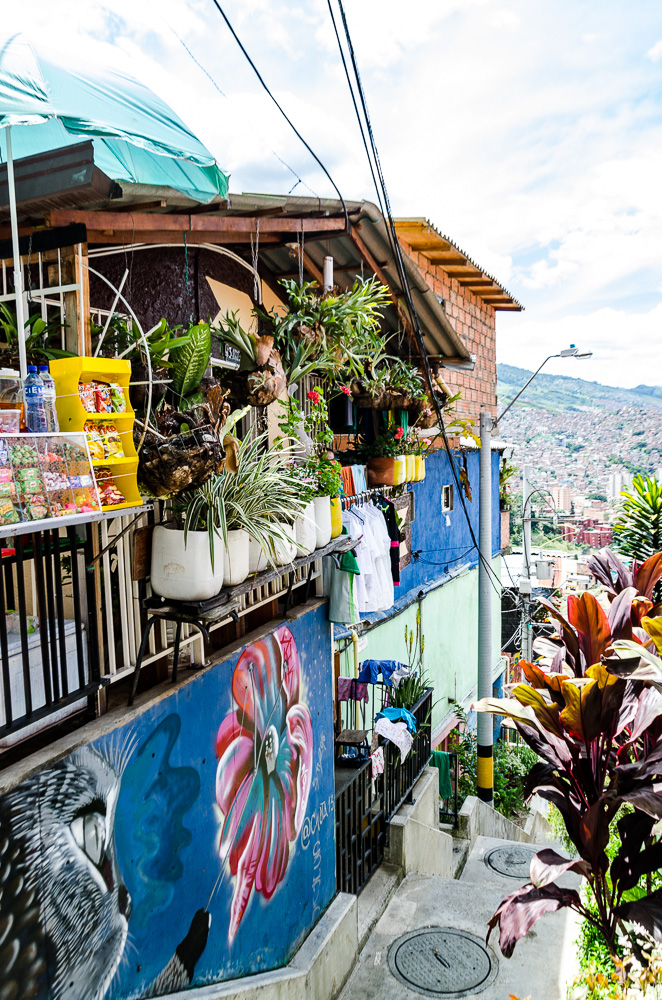
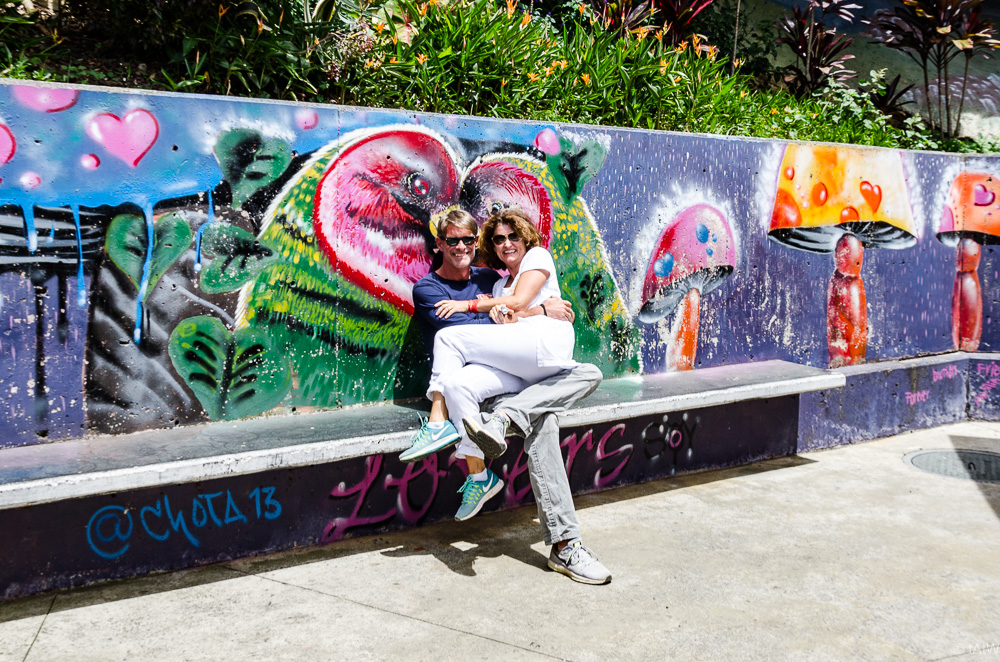
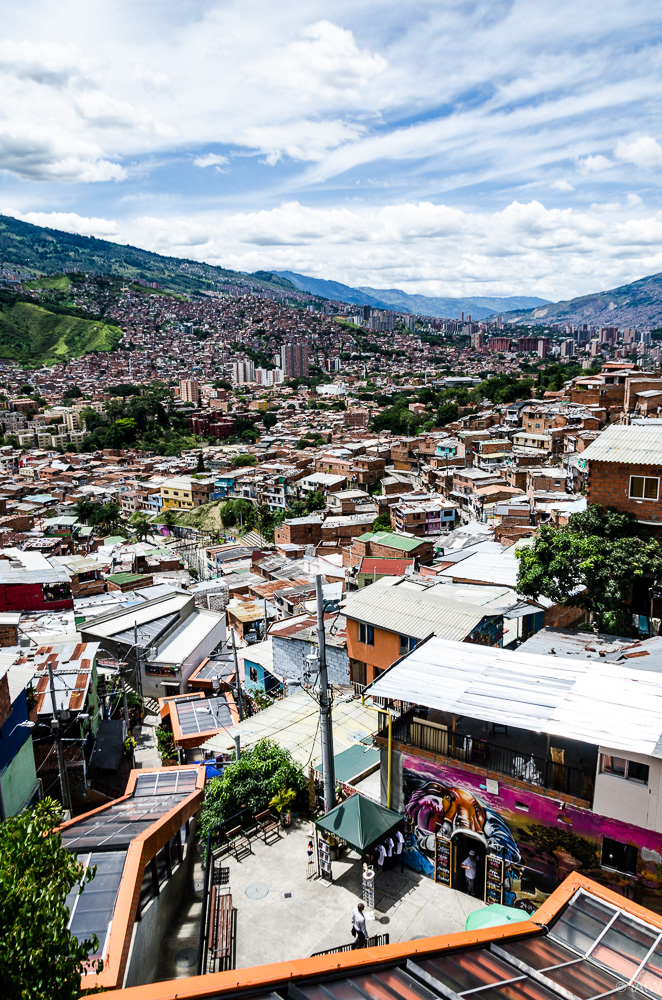

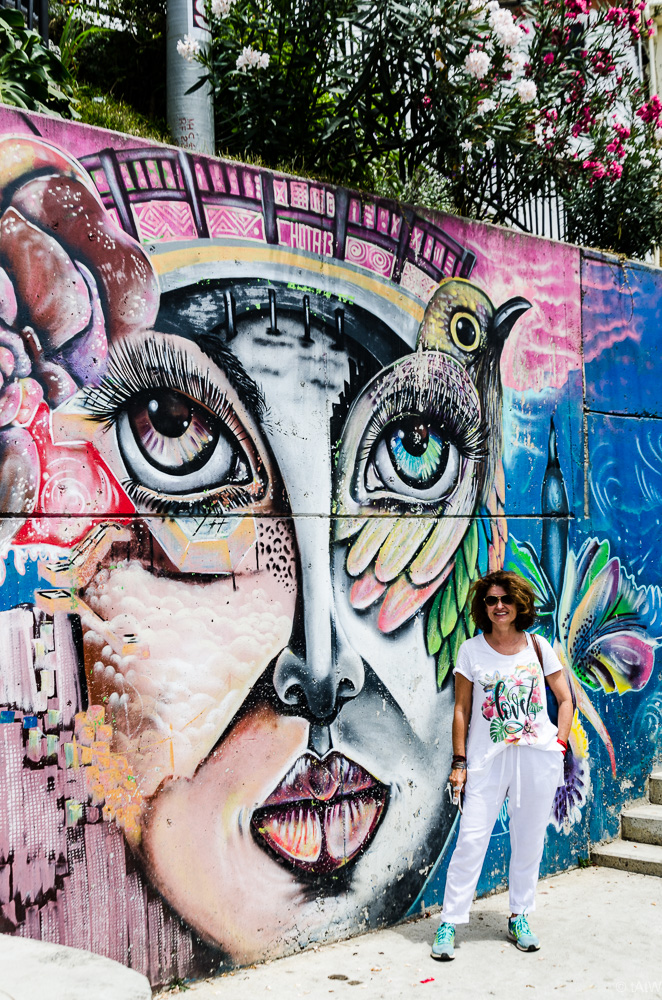
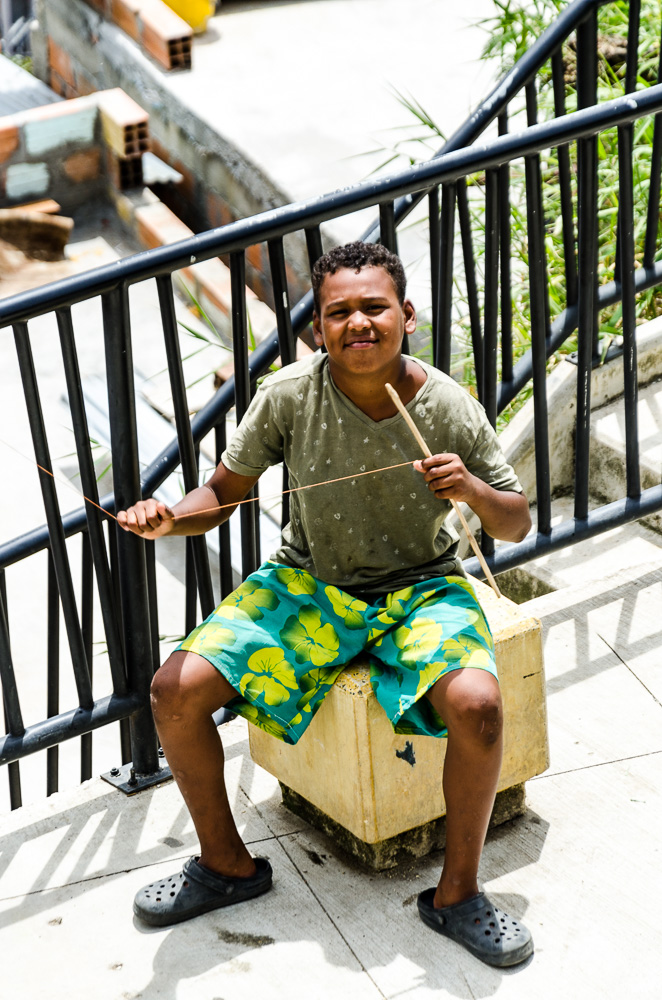

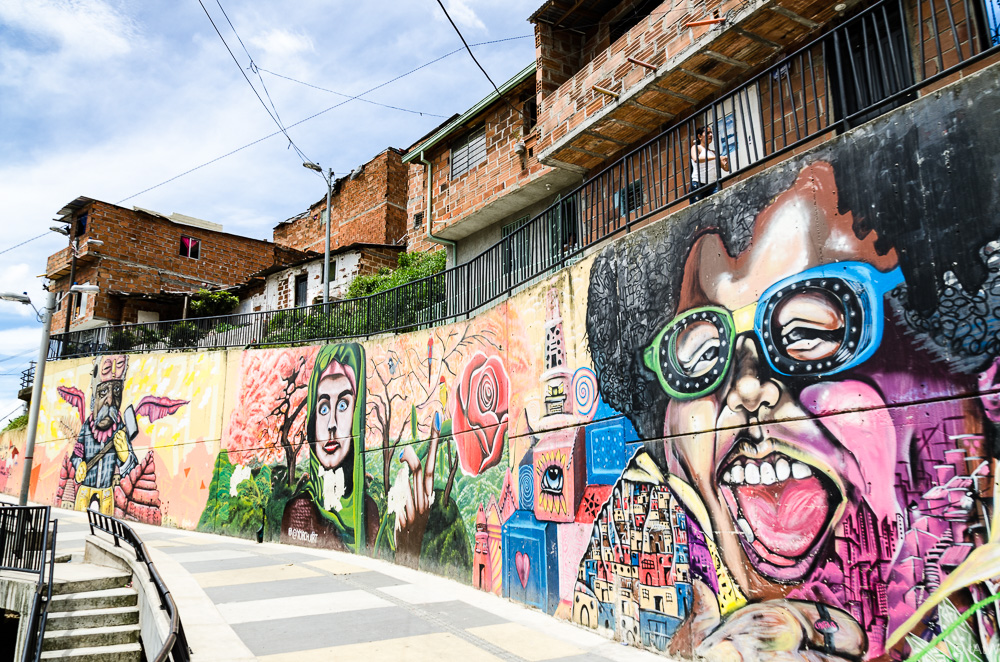

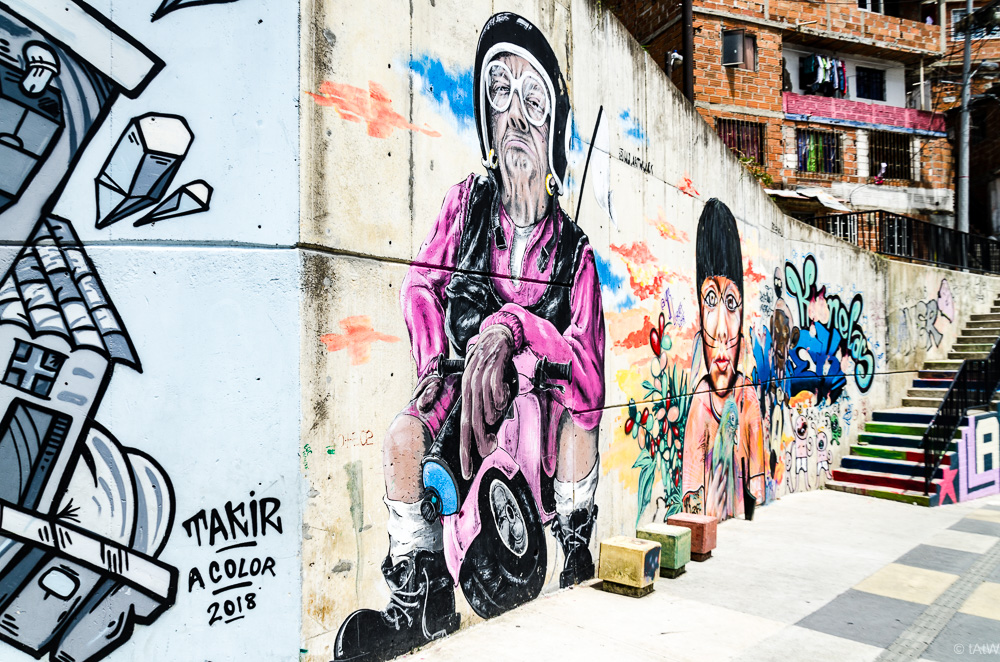
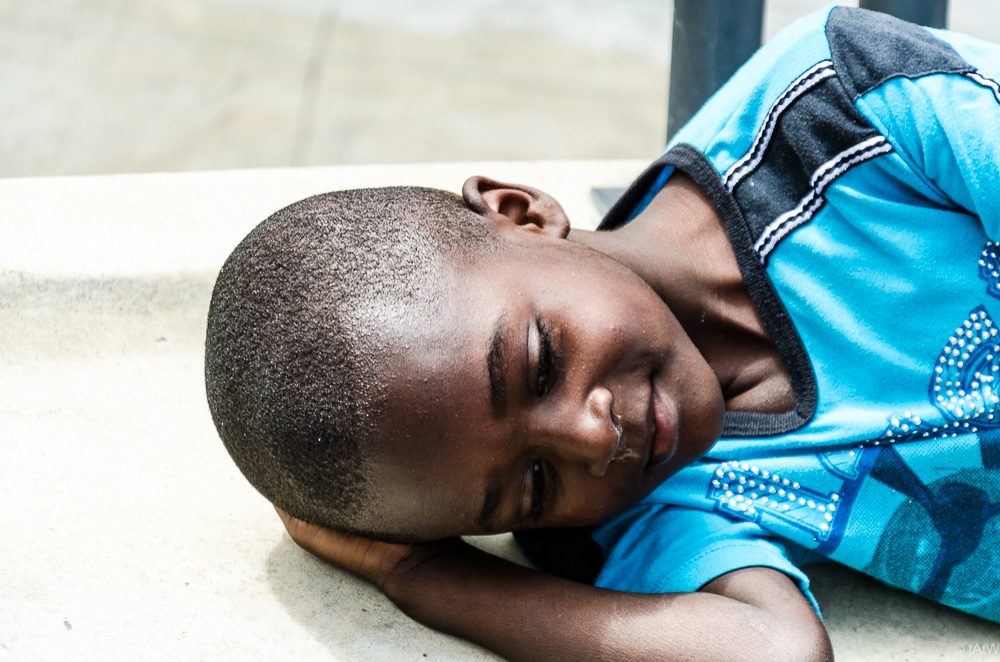
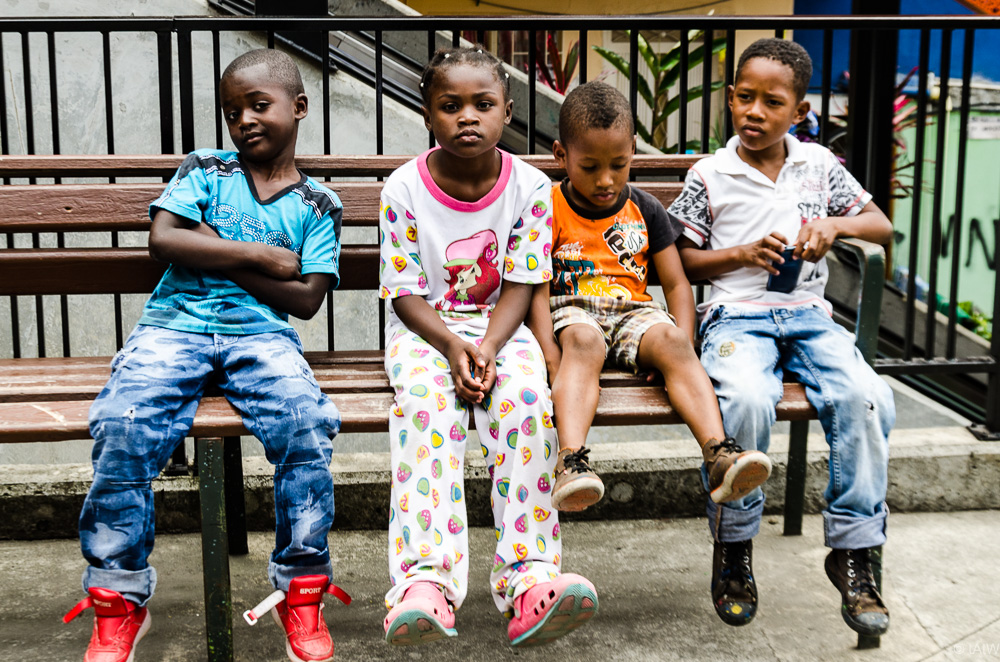
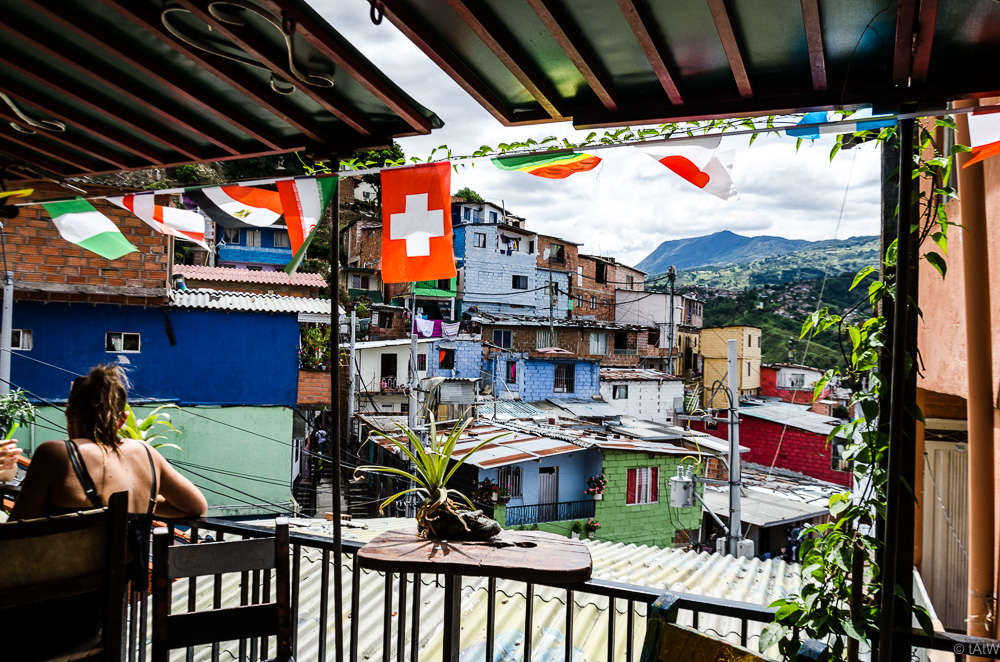

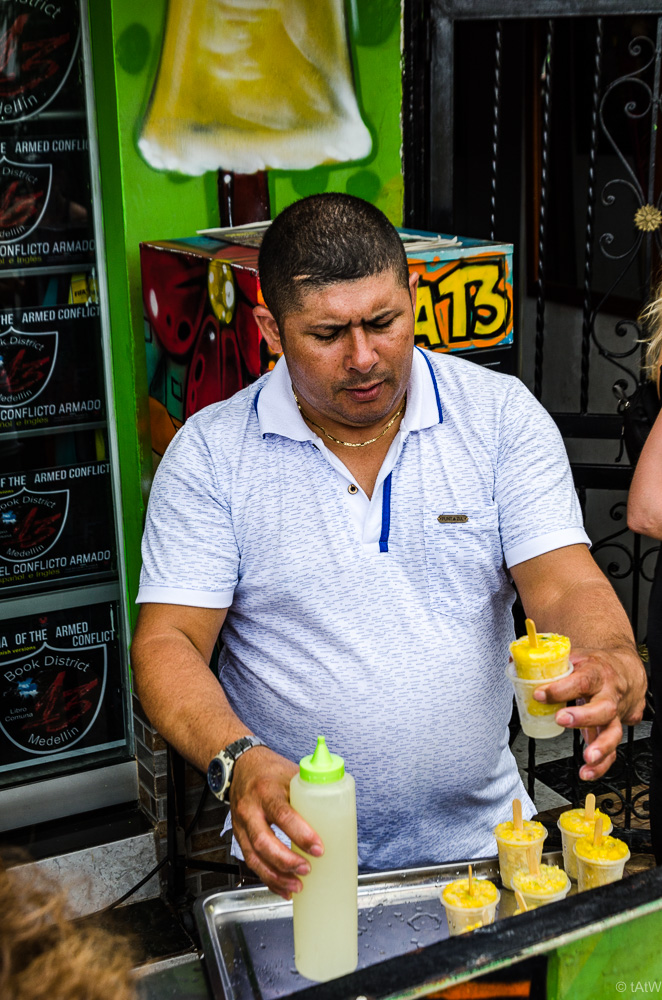


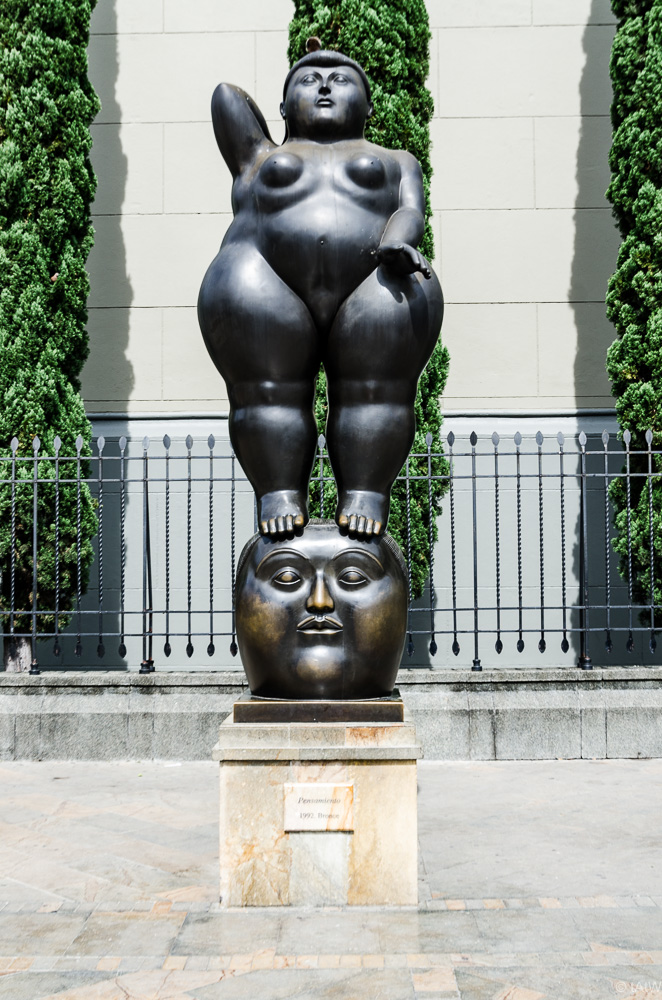



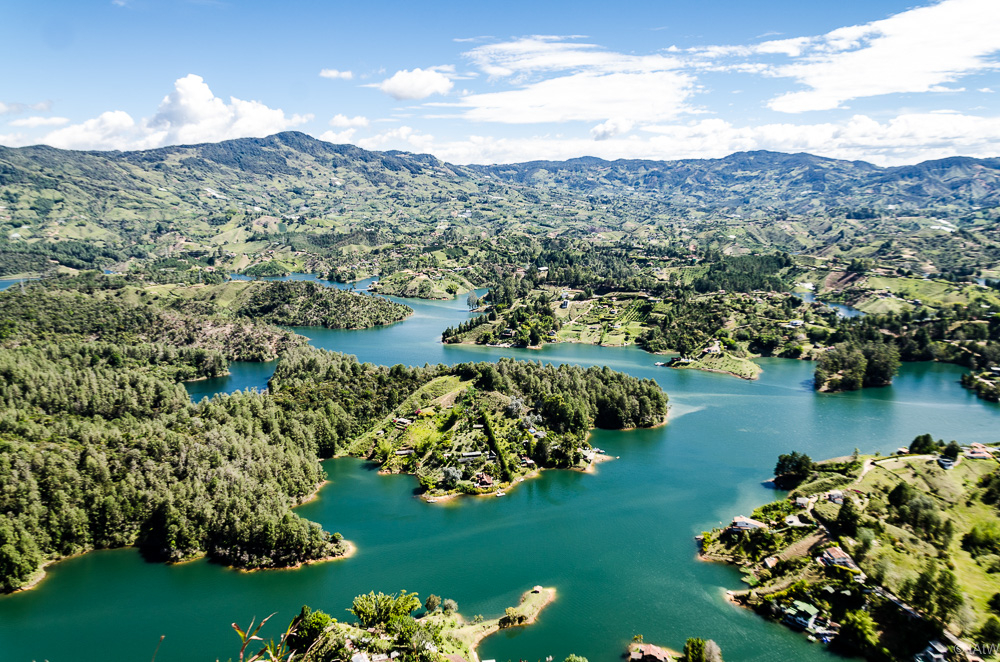
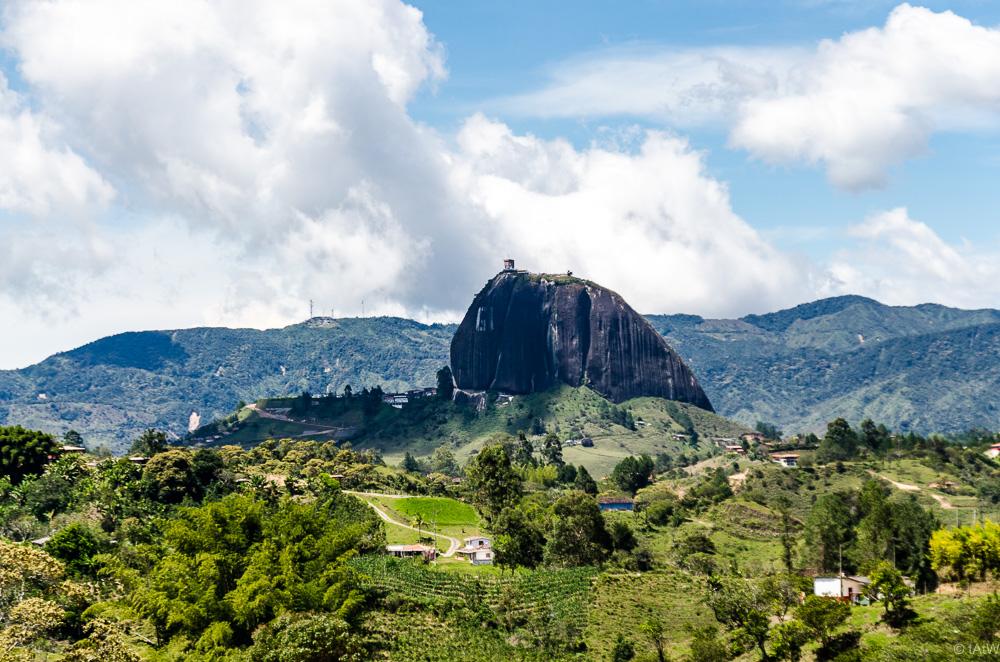
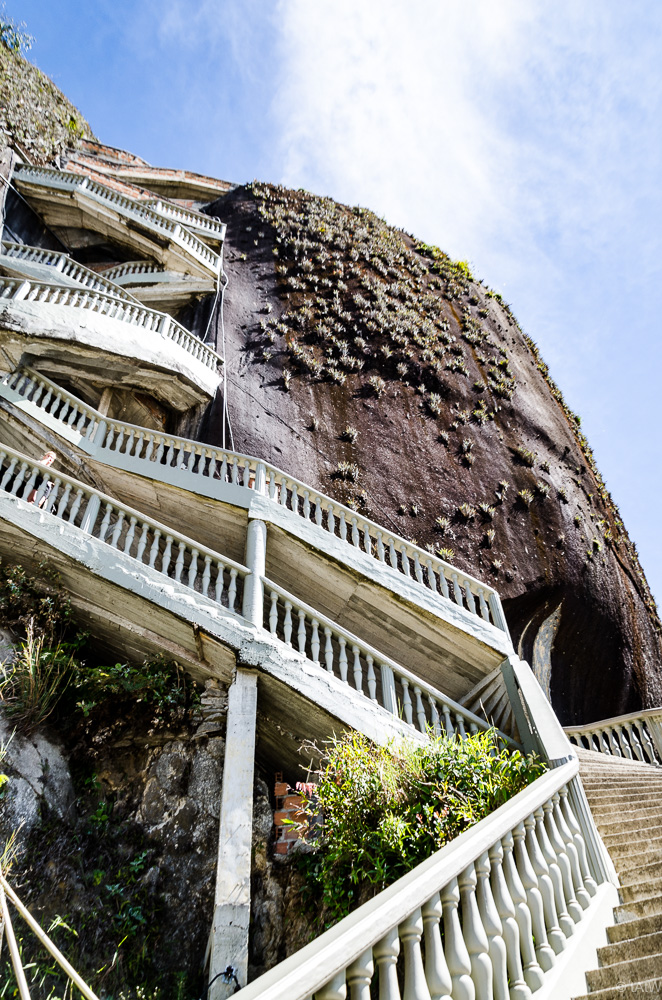

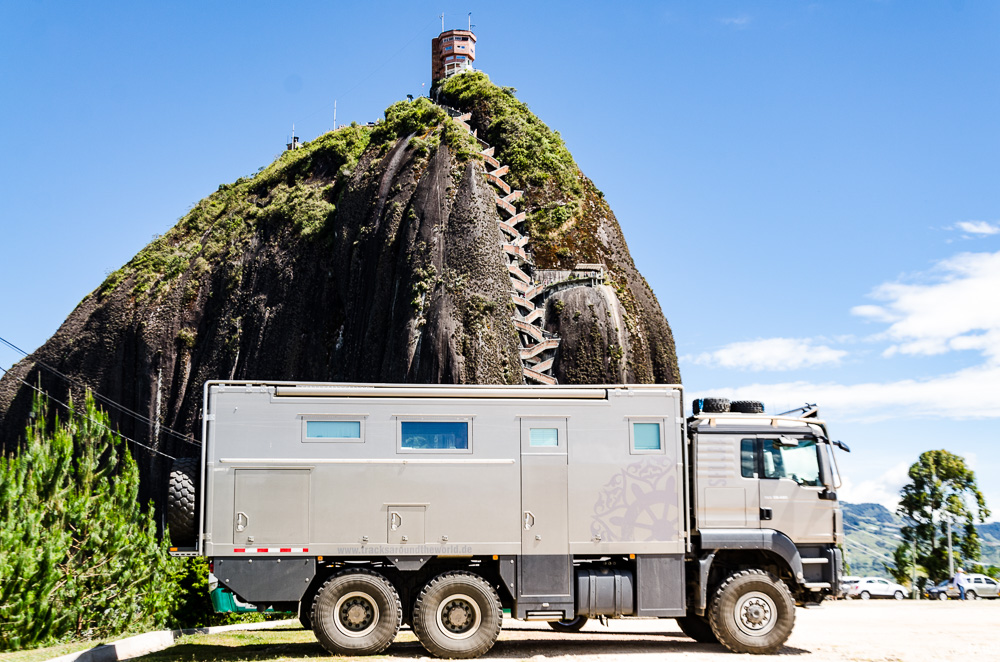
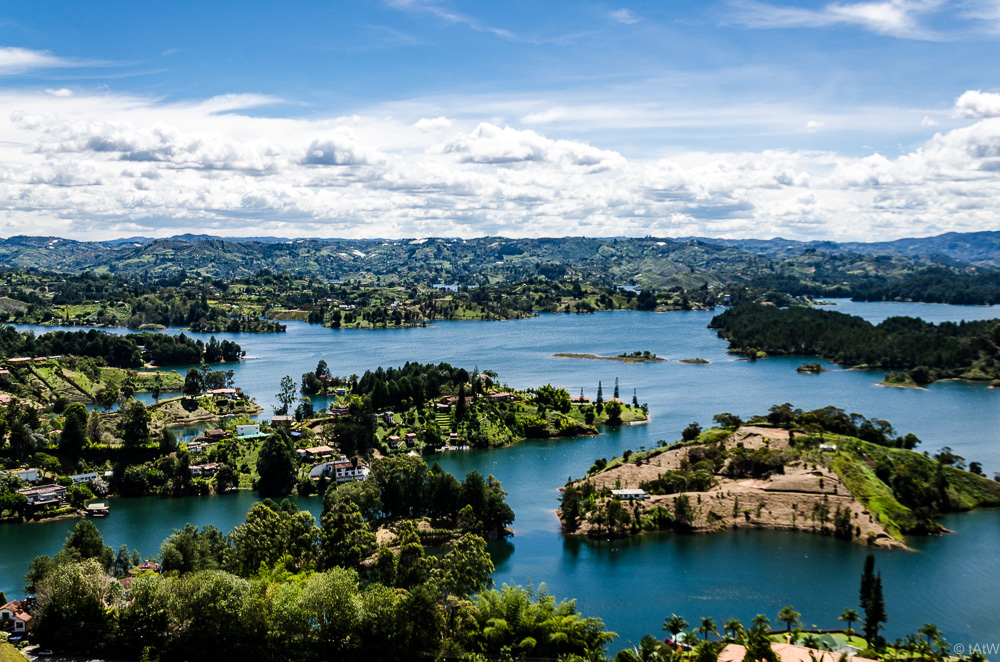
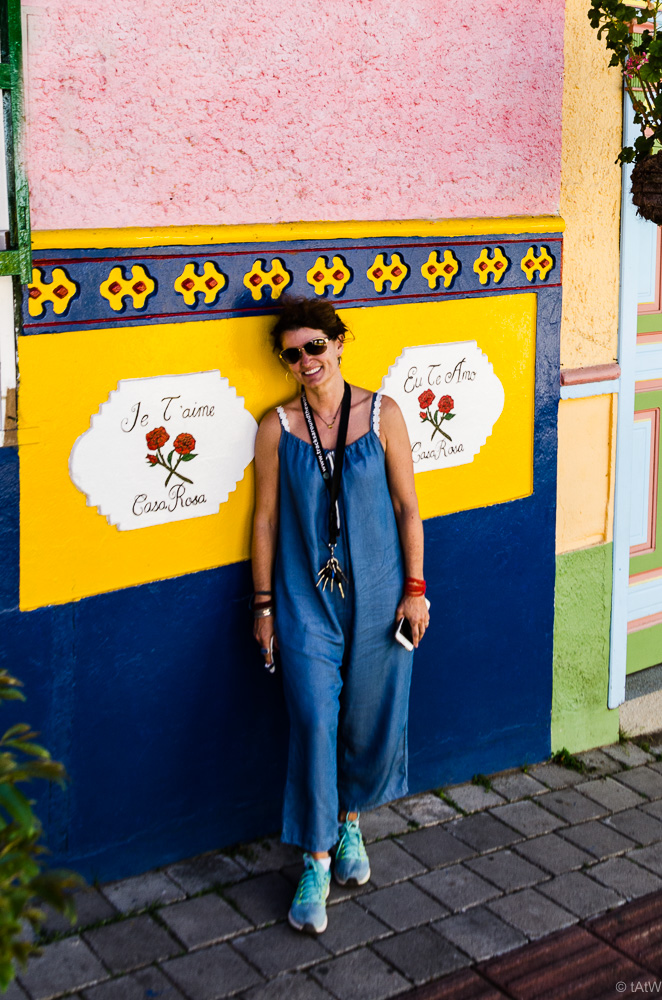

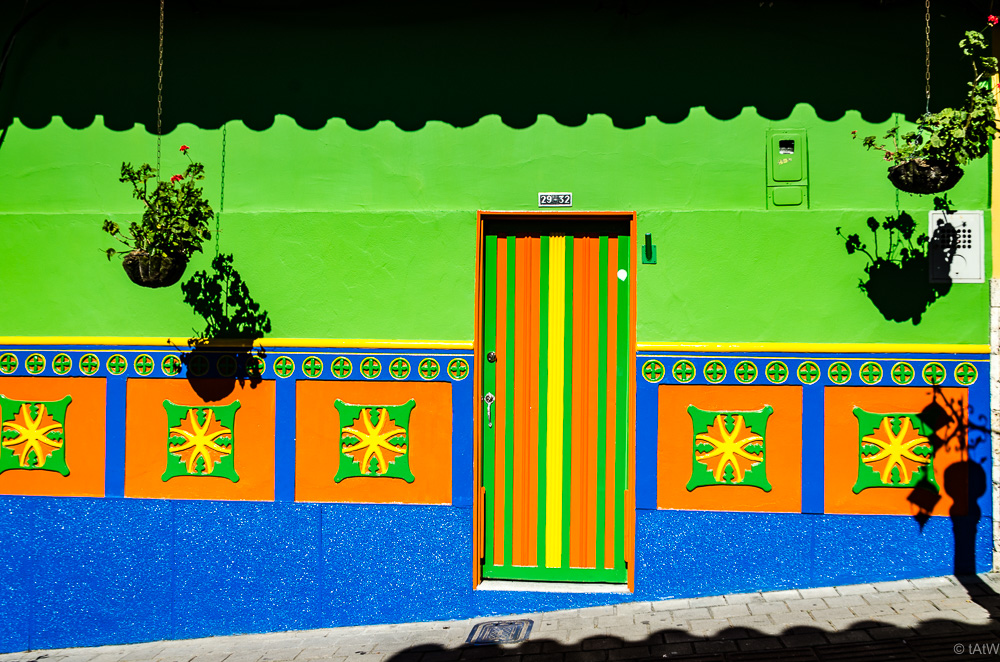
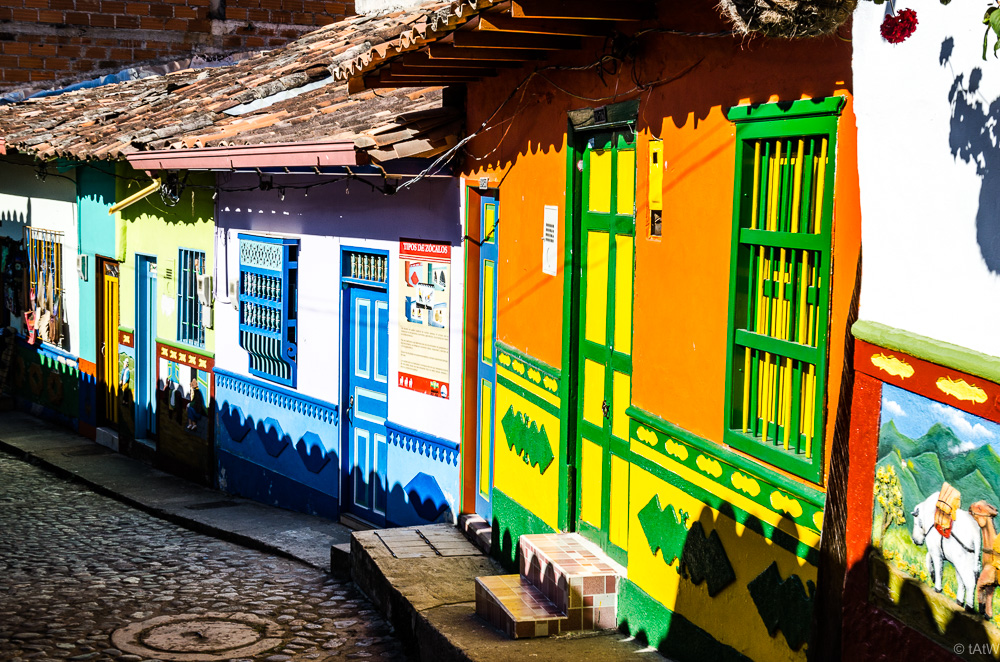
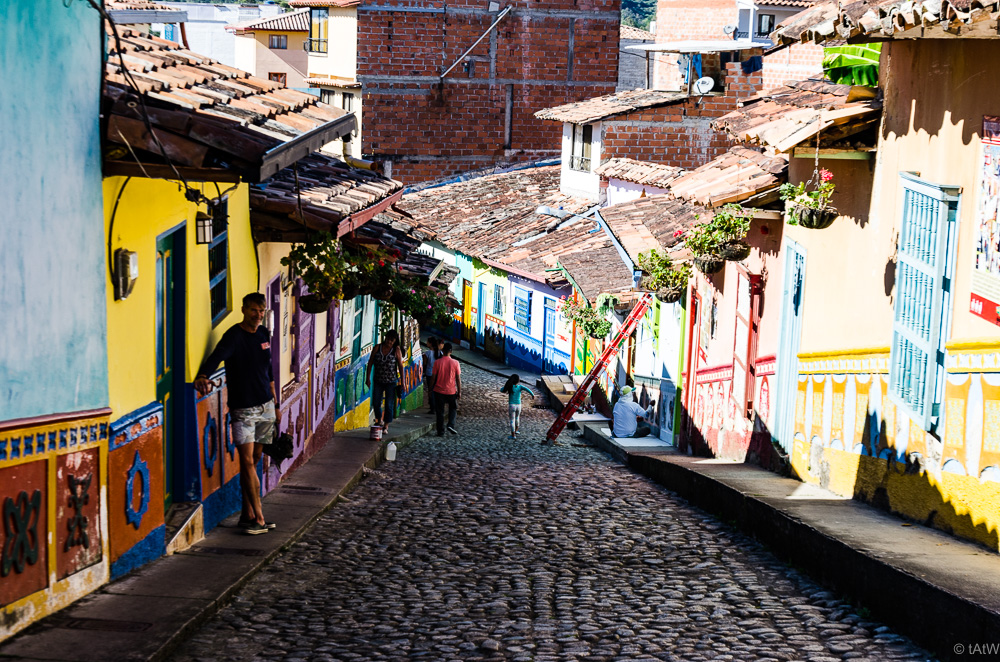
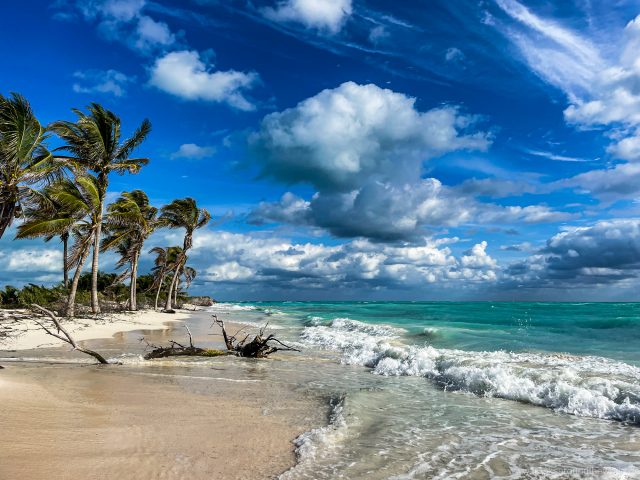
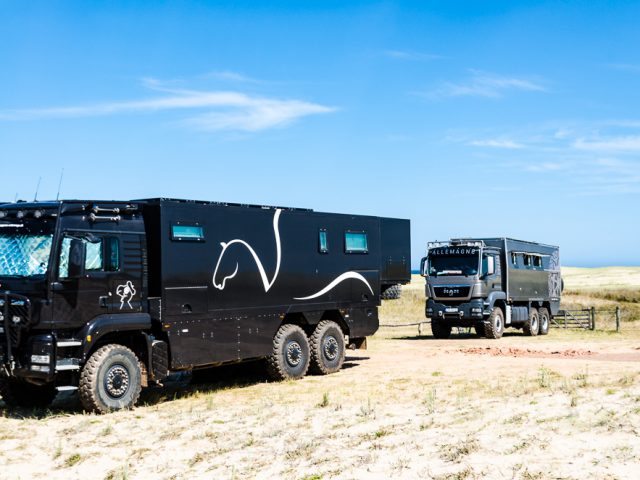
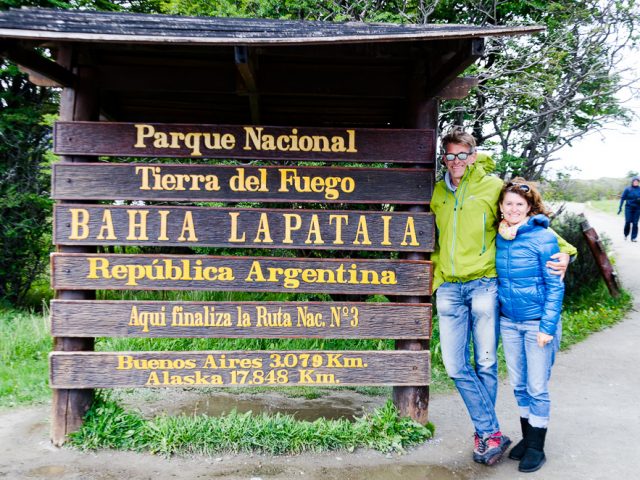
Bonjour…
Superbes photos colorées qui mettent en valeur la Colombie que l’on adore….félicitations pour l’escalade du Peñol….bonne continuation….